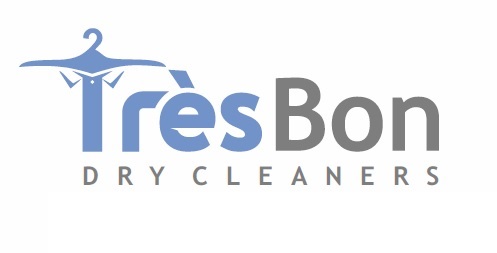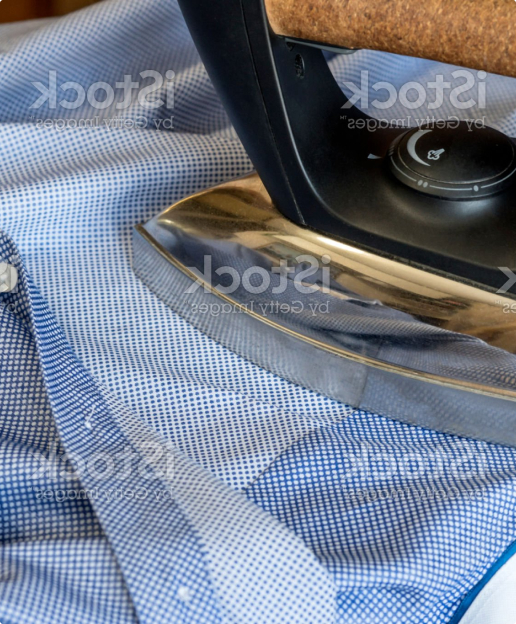Well, there are actually a few reasons. But the biggest reason is that dry cleaning machines are ineffective in removing some types of stains. Those stains must be individually removed, by hand, after they leave the dry cleaning machine. In fact, more than half of the stains we receive require the attention of a skilled technician to be removed.
And this is where the great dry cleaners really separate themselves from average dry cleaners. The technician must be able to properly identify the type of stain in order to choose the correct method of removal.
Trying to use acetic acid to remove milk stains will be just as ineffective as trying to use amyl acetate to remove coffee stains. (By the way, both of these common stains require a technician’s care to remove, they do not come out in the dry cleaning machine). We utilize over 20 different CP-grade (Chemically Pure) spotting agents, each of which is effective in removing specific components of stains.
The technician’s skill in identifying the type of stain, and then being able to choose the correct spotting agent (or combination of spotting agents) to remove the stain, is the key to either removing the stain or failing to do so.
There is also technique involved, which is sharpened over years of practice, and through continuing education. It is important to note that most dry cleaners have little, if any, formal training in their craft. But our technicians have received formal training from the New York School of Dry Cleaning (located in Manhattan), as well as periodic off-site seminars on solvents, dyes and pigments, fabric composition, weaves, and spotting techniques.
We also regularly invite consultants to our plant to help us stay current with the latest cleaning technologies and techniques. Perhaps most importantly, our technicians can leverage decades of experience, as we have developed expertise in the dry cleaning process over four generations in the industry. All this contributes to why we can often remove stains that other dry cleaners cannot.


